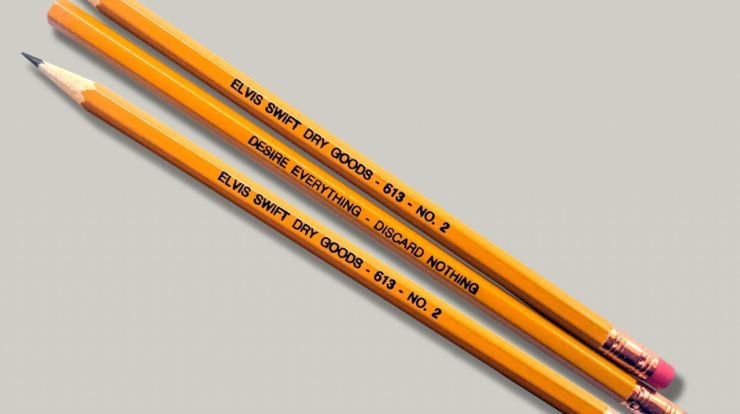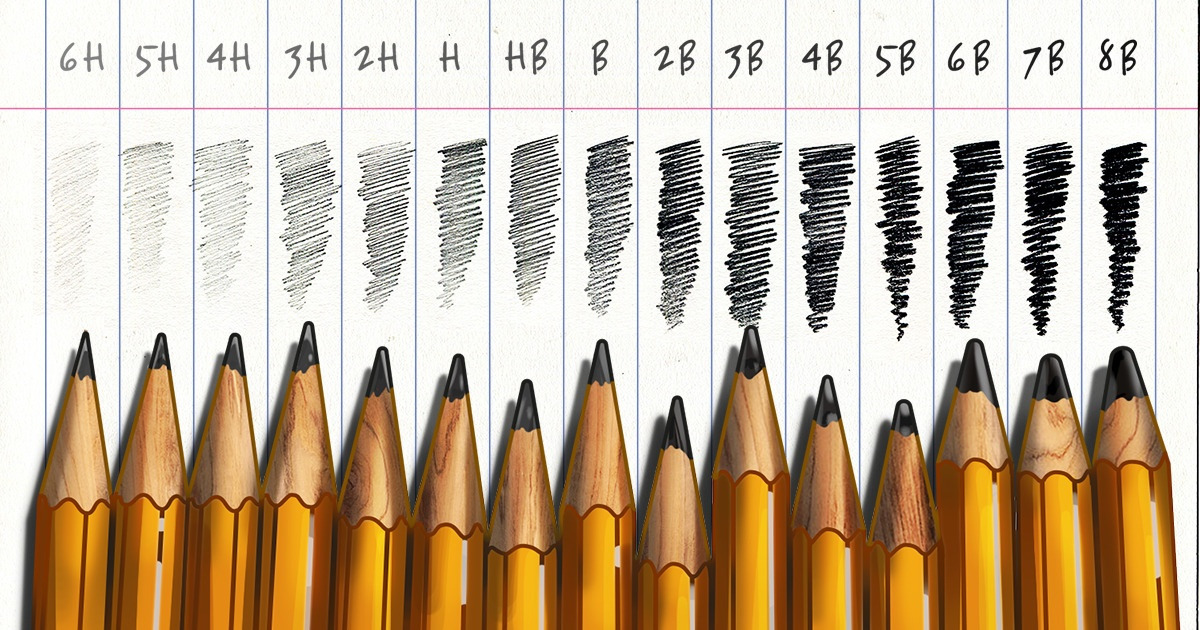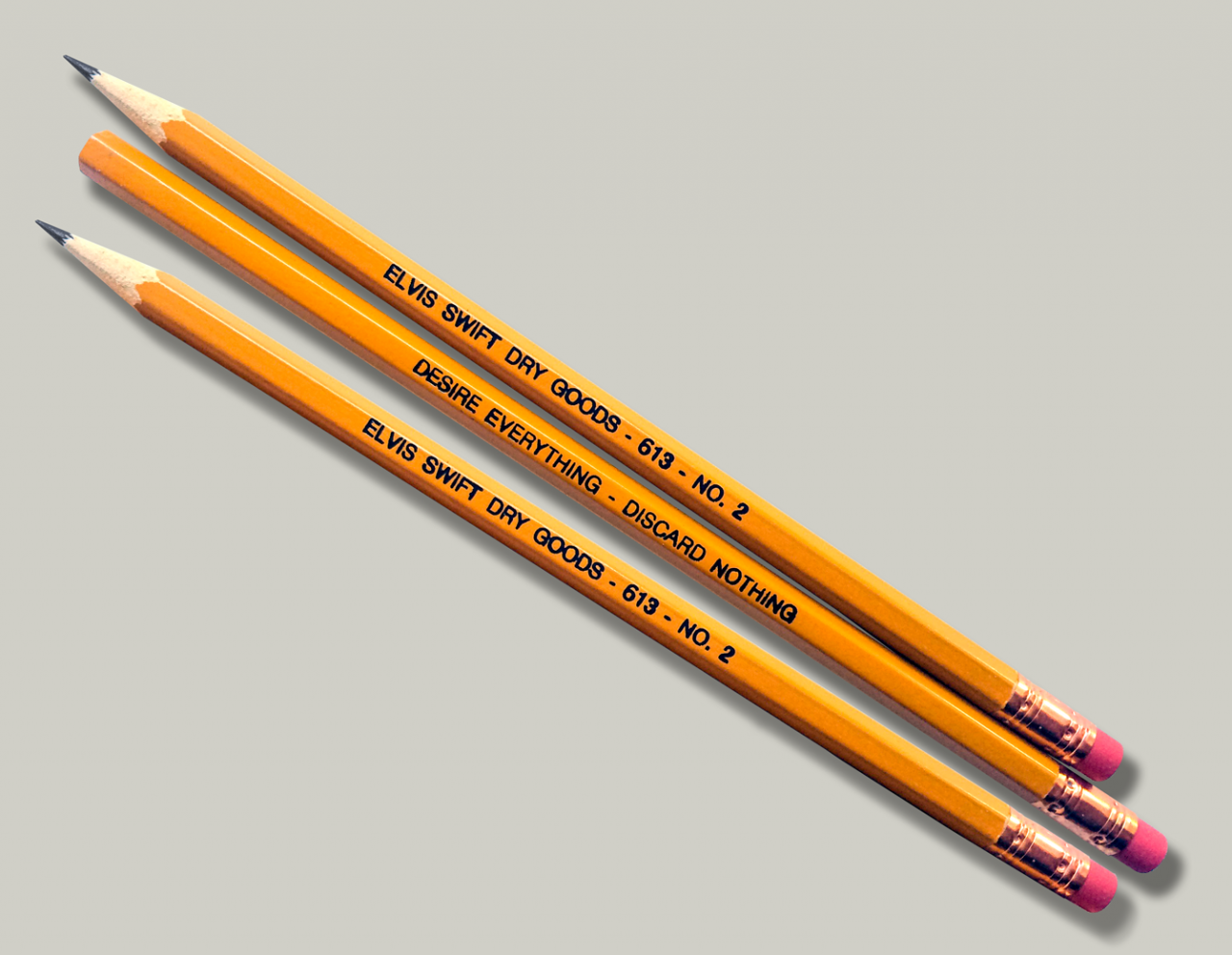
Pencil meaning delves into the intriguing world of this ubiquitous writing instrument, exploring its composition, history, types, uses, grades, and artistic applications. This comprehensive guide unveils the hidden depths of the humble pencil, revealing its significance in various fields.
From its humble origins to its modern-day versatility, the pencil has played a pivotal role in shaping human creativity and communication. This guide delves into the intricacies of pencil composition, tracing its evolution over centuries and highlighting the diverse applications that have made it an indispensable tool in art, writing, and beyond.
Pencil Composition

A pencil is a writing implement that consists of a solid writing core inside a protective casing. The core is typically made of graphite, while the casing is usually made of wood, plastic, or metal.
The following table shows the different parts of a pencil and their functions:
| Part | Function |
|---|---|
| Core | Contains the graphite and other materials used for writing. |
| Casing | Protects the core from damage. |
| Ferrule | Holds the eraser in place. |
| Eraser | Removes pencil marks. |
Pencil History: Pencil Meaning
The first pencils were developed in the 16th century in England. They were made from graphite that was found in the Lake District. The graphite was mixed with clay and then formed into rods that were inserted into wooden casings.
Over the centuries, the pencil has undergone several changes. In the 18th century, the French chemist Nicolas-Jacques Conté developed a method for producing graphite rods that were more durable and consistent. In the 19th century, the American inventor Eberhard Faber developed the first pencil with a hexagonal casing.
Pencil Types
There are many different types of pencils available, each with its own unique characteristics and uses. The most common type of pencil is the graphite pencil, which is made from a mixture of graphite and clay.
Other types of pencils include:
- Charcoal pencils: Made from charcoal, these pencils are soft and produce a dark, rich line.
- Colored pencils: Made with a variety of pigments, these pencils are used for drawing and coloring.
- Mechanical pencils: These pencils use a thin lead that is advanced through the tip as it is used.
- Wax pencils: Made from a mixture of wax and pigment, these pencils are used for drawing on smooth surfaces.
Pencil Uses
Pencils are used for a wide variety of purposes, including:
- Writing
- Drawing
- Sketching
- Drafting
- Engineering
- Architecture
- Design
Pencils are also used in a variety of industrial applications, such as:
- Marking lumber
- Marking metal
- Marking plastic
- Marking glass
Pencil Grades
Pencils are graded according to the hardness of their lead. The harder the lead, the lighter the line it will produce. The softer the lead, the darker the line it will produce.
The most common pencil grades are:
- HB: This is the standard pencil grade, which is suitable for most general writing and drawing purposes.
- H: This is a harder pencil grade, which is used for writing and drawing fine lines.
- B: This is a softer pencil grade, which is used for drawing dark lines and shading.
Pencil Art

Pencils are a versatile medium for creating art. They can be used to create a wide range of effects, from delicate sketches to bold drawings.
Some of the most famous pencil artists include:
- Leonardo da Vinci
- Michelangelo
- Rembrandt
- Vincent van Gogh
- Pablo Picasso
Pencils are also used in a variety of other art forms, such as:
- Cartooning
- Comic book art
- Animation
- Illustration
Concluding Remarks
In conclusion, the pencil, a seemingly simple writing tool, holds a wealth of knowledge and significance. Its composition, history, types, uses, grades, and artistic applications intertwine to create a rich tapestry of human ingenuity and creativity. Whether it’s capturing the beauty of the world through art or conveying ideas on paper, the pencil remains an indispensable instrument that continues to inspire and empower.
FAQs
What is the main component of a pencil?
Graphite
When was the first pencil invented?
16th century
What is the difference between a pencil and a pen?
Pencils use solid graphite while pens use liquid ink